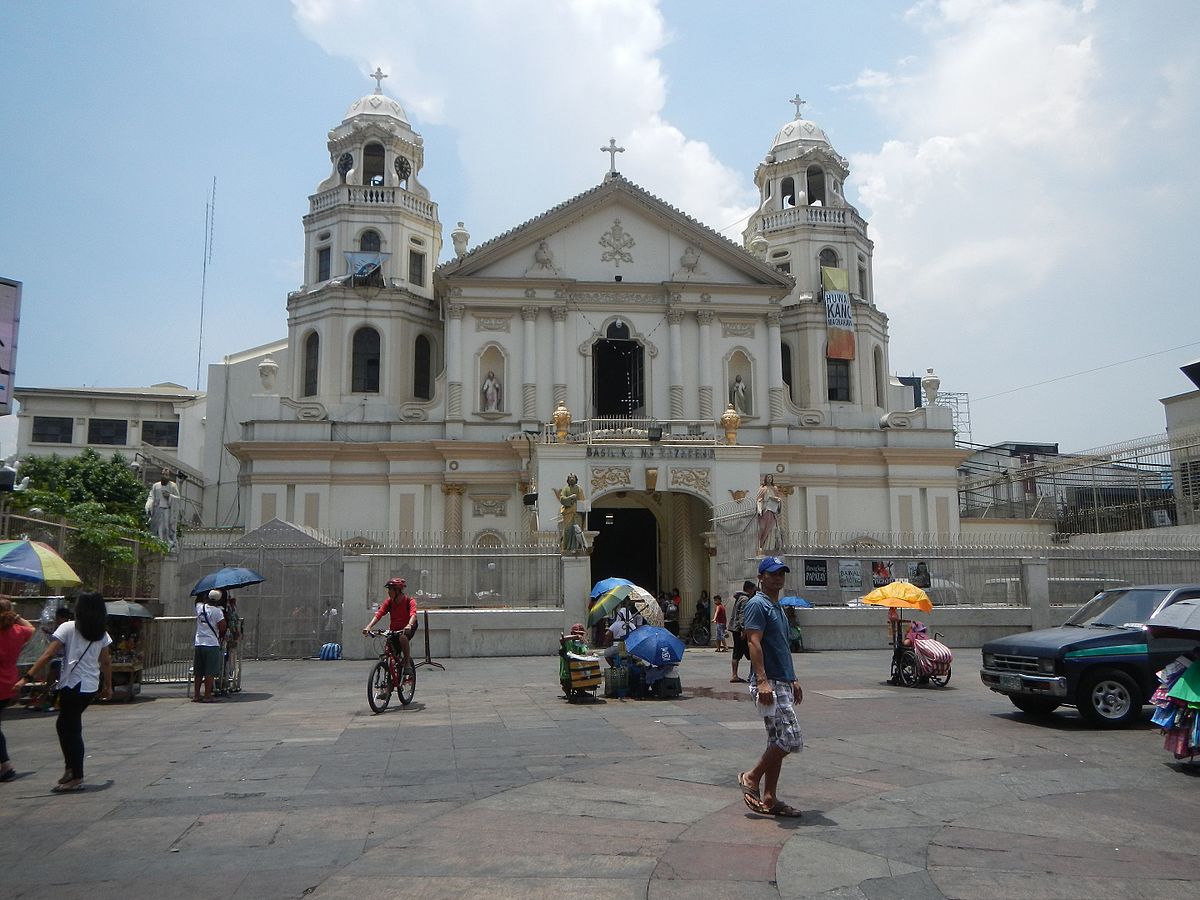
18 Oct Quiapo Church and the Rise of Illegal Abortion Medicine
 The Philippines made the headline of an international news outlet because of outdated policies on abortion. The article, “How bitter herbs and botched abortions kill three women a day in the Philippines” by Claudine Spera, was recently published by The Guardian.
The Philippines made the headline of an international news outlet because of outdated policies on abortion. The article, “How bitter herbs and botched abortions kill three women a day in the Philippines” by Claudine Spera, was recently published by The Guardian.
The article was about the sorry state of reproductive health in the Philippines. It even reveals how certain places in the Philippines, like the Quiapo Church in Manila, are hotspots for illegal abortion medication.
It has always been common knowledge among most people (even students) living and studying around Manila that the Quiapo Church in Manila is often seen as a last resort for women who are desperately trying to terminate a pregnancy. Even in the classrooms of exclusive universities in Manila, the idea of having a do-it-yourself abortion in Quiapo is a common running joke.
In other words, the existence of this place is not a secret at all. Most people already know that illegal, potentially dangerous abortion medicine is commonly sold around this area. In fact, should a young person encounter such a problem, the one thing she knows is that “there are options in Quiapo.”
This situation of course is related to the fact that three women die every day from post-abortion complications in the Philippines.
This is one of the many ironies that exist in the Philippines with regard to reproductive health laws: Filipino lawmakers create obstacles and fight against the legalization of safe and legal abortion, but do not have the means to stop illegal abortion, or implement laws that could prevent dangerous substances from being sold as abortion medicine in Quiapo.
These are the same lawmakers who fought valiantly against a reproductive health law that would have provided communities proper education about contraception and other birth control options. Instead, we’ve had a TRO (soon to be lifted, hopefully) on our already dwindling supply of birth control medication, just because some lawmakers believe that abortion is bad.
The unintended consequence of all these reproductive health obstacles installed by our lawmakers is the lack of education and lack of government resources that could help curb the rising body count of women who die from unsafe abortions.
According to Spera, “More than 65% of women don’t use modern contraceptives, and maternal mortality rates are still high in the Philippines, standing at 114 deaths per 100,000 live births in 2015.”
In the same article, Marevic Parcon, the program coordinator at the Women’s Global Network for Reproductive Rights (WGNRR), explains how torturous methods desperate women undergo in the hope that it would induce an abortion.
“It is horrific. It is tantamount to torture. Unsafe abortion is torturous to women, especially the massage kind, because it is so painful,” said Parcon.
Some of the methods available are really horrific. According to the article, some women have their stomachs roughly massaged hard every day for a week, others poke their wombs with barbeque sticks and hangers, and others experiment with different, dangerous bitter herb cocktails.
It’s quite ironic that a church has become the local hub of illegal abortion, since the Catholic Church is one of the biggest obstacles to safe and legal abortion in the Philippines. Every single woman who dies because of these unsafe abortions and medications, bought at such close proximity to their church, is blood on their hands.
For more resources on abortion please visit: EnGendeRight’s Policy Briefs and Fact Sheets
Sources:
Spera, C. (2017, July). “How bitter herbs and botched abortions kill three women a day in the Philippines.” The Guardian. Retrieved on: September 12, 2017.
